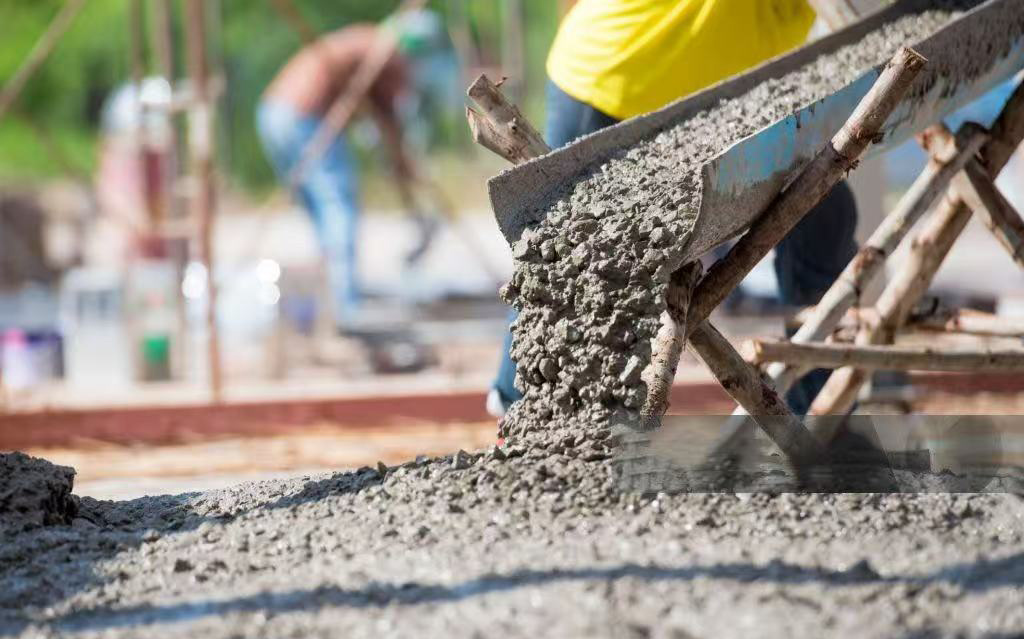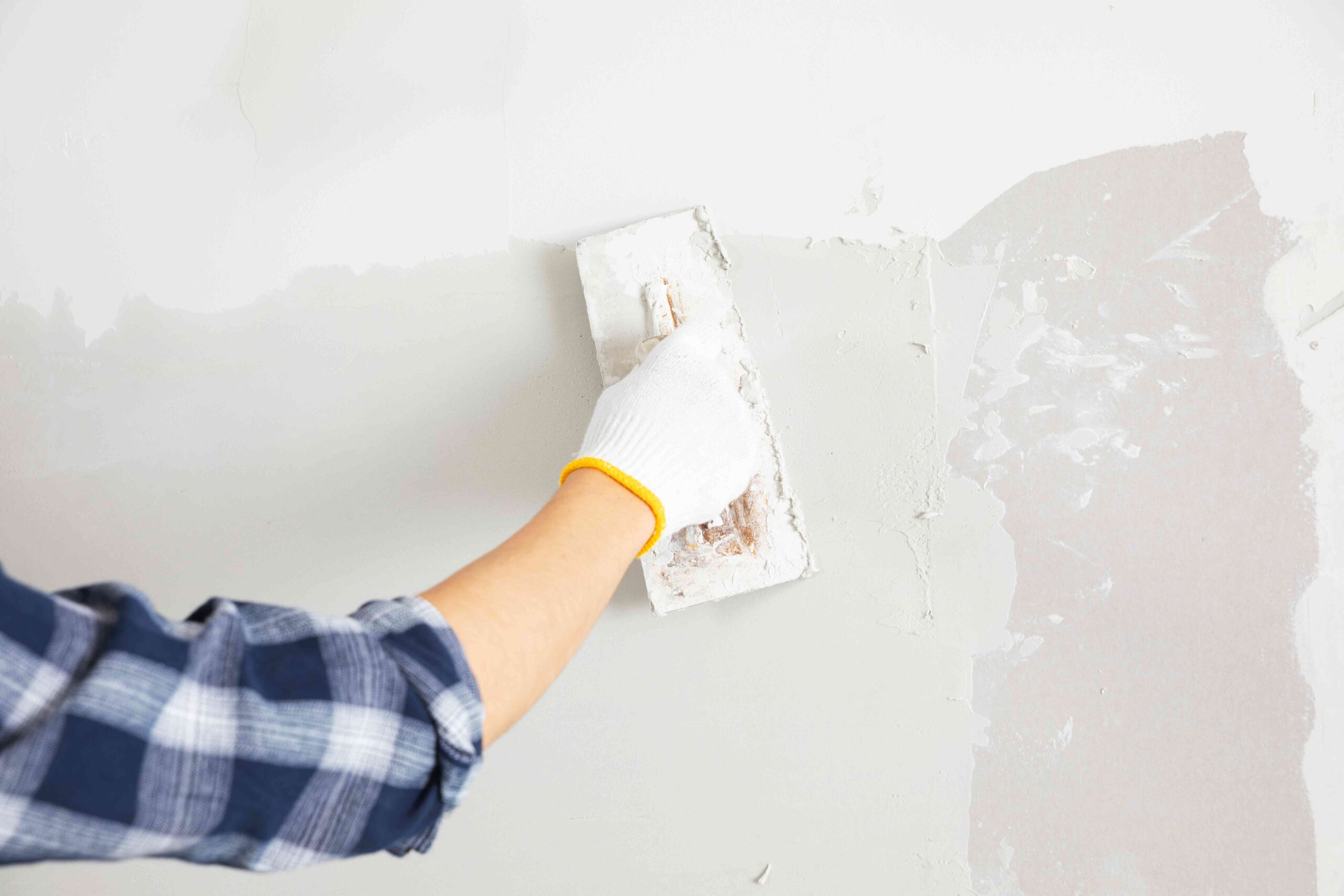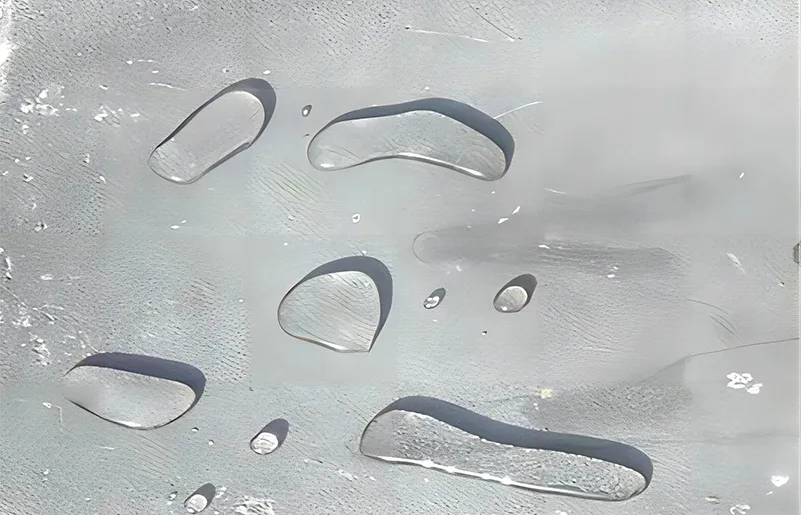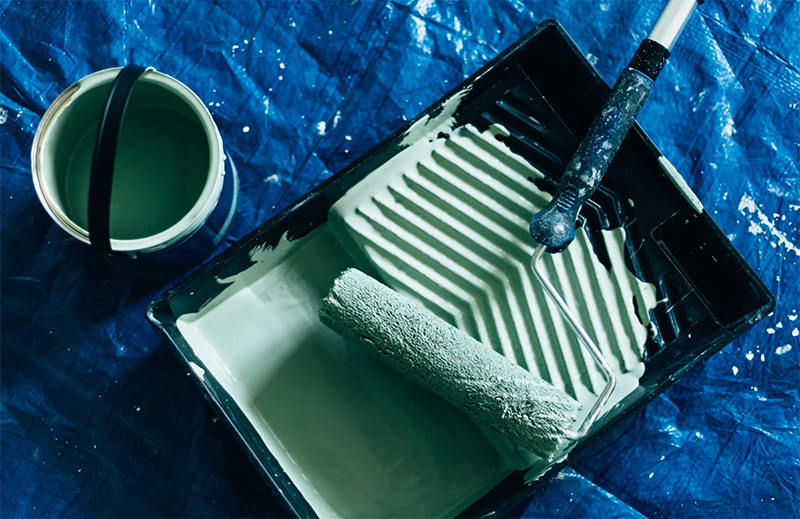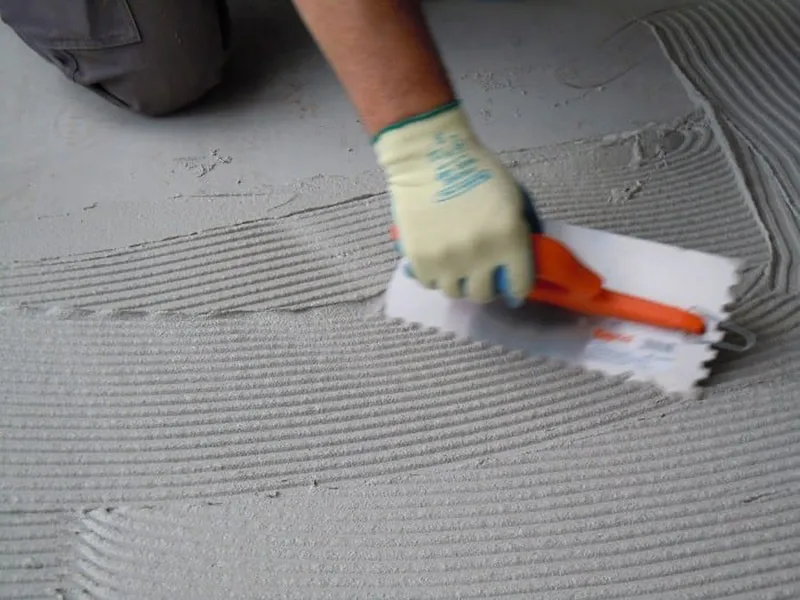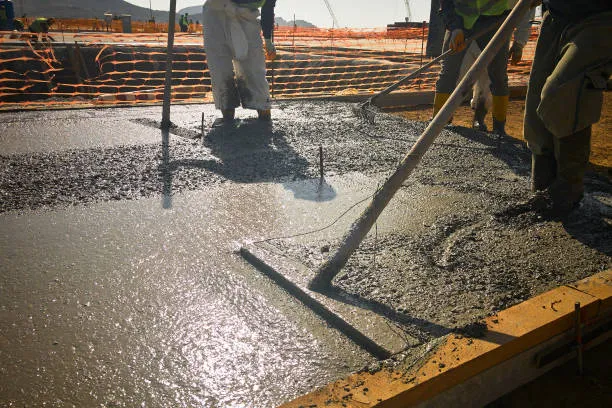
Concrete is one of the most widely used construction materials. When it comes to constructing durable, high-performance concrete structures, selecting the right concrete additives is critical. These materials, also known as additives to cement or cement additives, enhance specific properties of concrete, such as strength, workability, durability, and resistance to environmental factors. With so many alternatives available, knowing how to select the appropriate additive for concrete can have a huge impact on the success of your project.
I. Understanding Concrete Additives
Concrete additives, also known as cement additives, are elements that are added to a concrete mix to change its qualities. They often fall into two categories:
Chemical additives enhance setting time, workability, and strength.
Mineral additives increase durability, lower permeability, and improve long-term performance.
II. Concrete Chemical Additives: Key Types and Applications
1. Water-reducing additives
Application Example: A high-rise project required a high-strength mix with excellent pumpability. By using a polycarboxylate-based water reducer, the construction team achieved a more workable mix without excessive water, leading to improved durability.
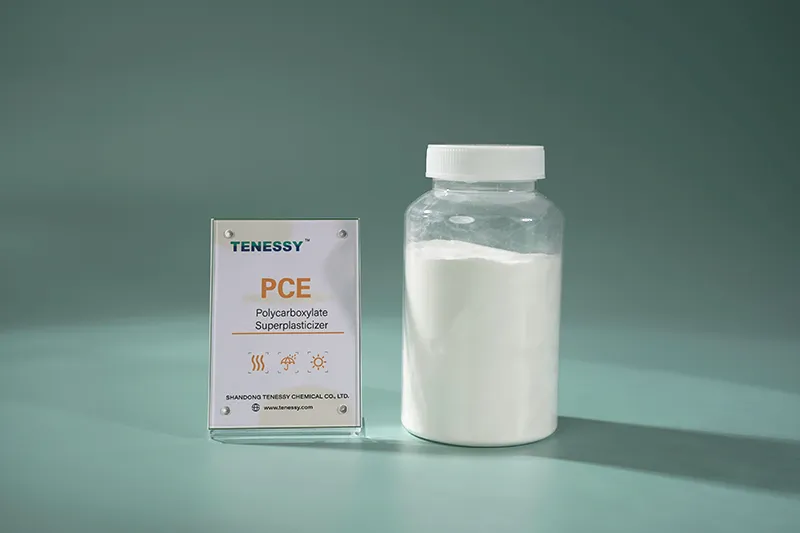
2.Retarding Additives
Retarders slow down the setting time, making them essential for large pours and hot-weather concreting.
Application Example: In a bridge project spanning a large river, a retarder was added to prevent premature setting, ensuring a seamless pour across multiple sections.
3.Air-Entraining Additives
Air-entainers introduce tiny air bubbles into concrete to improve freeze-thaw resistance.
Application Example: A northern airport used an air-entraining agent to prevent cracking due to ice expansion, extending the lifespan of runways.
4.Accelerating Additives
These additives speed up setting time, making them ideal for cold-weather construction or projects requiring fast turnaround.
Application Example: A contractor working on winter road repairs used an accelerator to ensure concrete set quickly despite freezing temperatures, reducing downtime.
5.Fiber Reinforcements
Application example: Tunnel lining projects utilize polypropylene fiber to improve impact resistance, thereby reducing maintenance costs.

III.Key considerations while selecting additives
To choose the best cement or concrete addition, consider the following criteria:
1.Project Requirements
Is strength, durability, workability, or crack resistance more important? Polypropylene fibers, for example, are excellent at reducing microcracking, but PCE polycarboxylate superplasticizer improves strength and flow.
2. Environmental conditions
Will the concrete be subjected to high heat, humidity, or chemical exposure? Cement additives such as air-entraining agents protect against freeze-thaw cycles, whereas corrosion inhibitors improve service life in marine conditions.
3. Compatibility with other materials
Make sure that the additives function well with the cement, aggregates, and other admixtures.
4.Cost vs. performance
High-performance solutions, such as PCE (Polycarboxylate Superplasticizer), may be more expensive up front, but they can save money in the long run by reducing cement use and increasing structural life.
IV.Top Applications for Strength and Durability
For tasks that require higher performance, consider the following combinations:
1. High-Strength Concrete:
Combining a PCE (which reduces the water-to-cement ratio) with silica fume (a strength-enhancing concrete additive) can produce compressive strengths greater than 100 MPa.

2.Crack-resistant pavement:
Incorporate polypropylene fibers into the mix to mitigate shrinkage cracking in slabs, driveways and industrial floors.
3.Sustainable construction:
Reduce cement content by 15-20% with PCE-based admixtures to reduce carbon footprint without compromising quality.
V.Choosing high-quality products
At TENESSY, we specialize in advanced concrete additives for modern construction challenges:
Polycarboxylate Superplasticizer(PCE)
- Ultra-high water reduction for dense and durable concrete.
- Low addition amount of PCE, usually 0.2%-0.3%.
- Excellent compatibility with all types of cement.
- Ideal for high-rise buildings, bridges and precast structures.
- Unique advantage: non-corrosive and easy to disperse, ensuring consistent performance.
Polypropylene Fibers
- Reduces plastic and drying shrinkage fractures by up to 90%.
- Improves impact and abrasion resistance.
- Suitable for foundations, shotcrete and decorative concrete.
- Unique advantage: non-corrosive and easy to disperse, ensuring uniform performance.
Other key construction chemicals
VI.Summary
By utilizing additives suited for concrete, such as Polycarboxylate Superplasticizer and Polypropylene Fibers, you can achieve stronger, more durable and cost-effective structures. Evaluate additive performance by conducting experimental mixes prior to full-scale use. Work with a supplier like us to customize a solution for your project.


